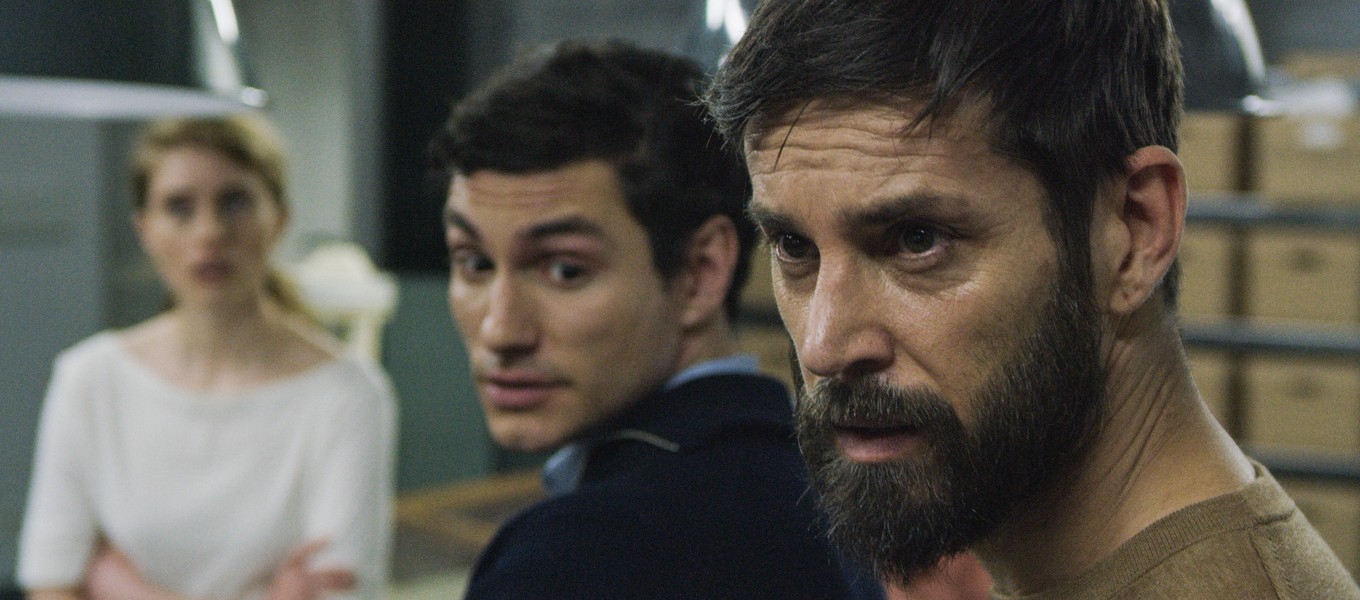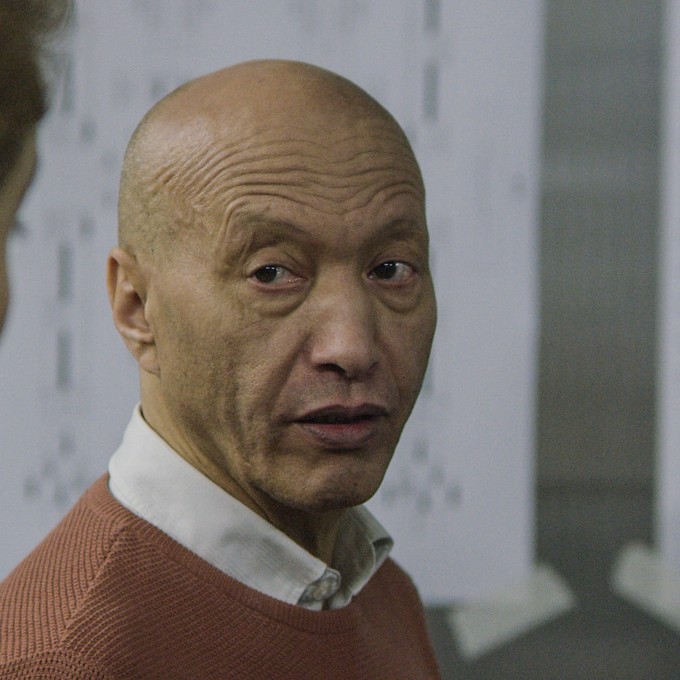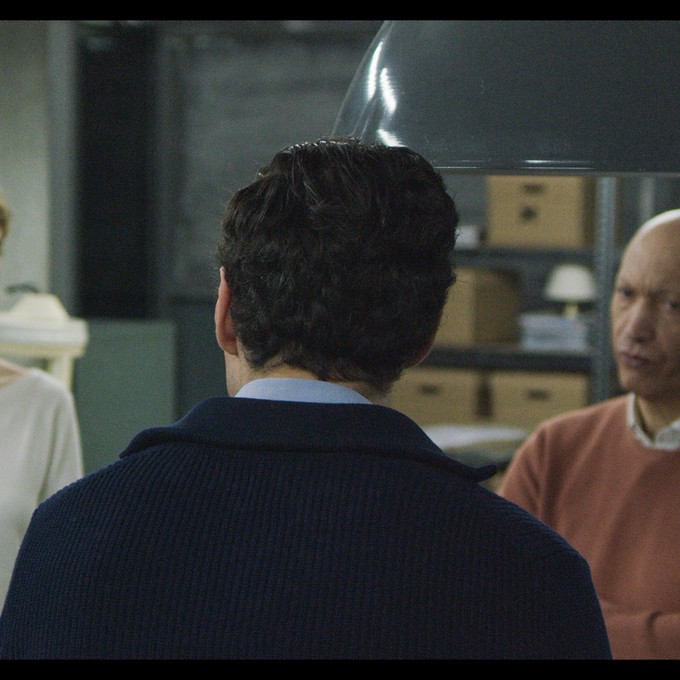Samuel Lecocq
L'Énergie du Désespoir - Film - 27min - 2020
presented as part of the exhibition Panorama 22



Film
Strangers meet for the first time playing an escape room organized by their company. When they get there, everything seems already solved, the room is in a terrible mess and the padlocks and the safe are opened. While questioning the reliability of their situation, they engage in a desperate search.
Intention
“Everything must be started again, except hope. Be over it, disenchanted. We must now invent poetic arts without ideology, without adolescent utopias, better adapted to what poetry can do. […] It is the energy of despair, which must be exchanged into paradoxes, impossibilities, into joyous restraint.”¹
Four characters who do not know each other meet for the first time. Each has had a different kind of career but all work for the same multinational. When the film begins, the four of them are about to play an escape game. In this game of investigation and riddle-solving, the participants are confined in a kind of set where they must find the clues in order to solve the main mystery. The game is timed and can take place on several levels. These group games are particularly popular with major companies, who are always looking for new methods of team building.
In contrast to a conventional escape game, the one that these four protagonists are playing is hugely chaotic. The game has been solved and the mystery revealed As a result, they are in a space without narrative, looking for a solution that has no mystery attached. And yet, through a series of dialogues in which they reveal fragments of their experience in life and at work, the four characters manage to recompose a narrative. A new diegesis develops and evolves in keeping with their discoveries.
¹ Michel Deguy, L’énergie du désespoir, ou D’une poétique continuée par tous les moyens, Paris: PUF, 1998
Samuel Lecocq
Samuel Lecocq was born in 1992, He lives and works in Paris. A holder of bachelor’s and master’s degrees in visual arts from HEAD – Geneva, he continued his training at Le Fresnoy – Studio national des arts contemporains. Lecocq uses video and photography to conjure up tipping points, the lines that delimit fiction and reality, but also the ones that preceded the moment of a disaster or a personal or societal collapse. Fleeting instants that are deployed at the heart of narratives structured by language and gesture.
Production
Credits
› Interprétation : Damien Gajda, Delphine Lanniel, Nicola Perot, Yussef Larbaoui
› Image : Pierre Nativel
› Son : Déborah Drelon
› Montage son : Médéric Corroyer
› Mixage : Arno Ledoux
Acknowledgments
Alice Goudon, Anhar Salem, Carole Quettier, Céleste Rogosin, Chantal Scotton, Cindy Coutant, Claire Duquenne, Daniel Dobbels, Dominique Deyon, Elliot Eugénie, François Bonenfant, Guylaine Huet, Le Fresnoy – Studio national des arts contemporains, Léticia Chanliau, Louise de Calan, Luc-Jérôme Bailleul, Lucien Bitaux, Madeleine Van Doren, Marie-Hélène Gourier, Mélie, Mona Darley, Myrrha Panni, Olivier Bémer, Parc Saint Léger, Philippe Gourier, Pictanovo, Pierre Nativel, Sarah Berthet-Nivon, Stéphanie Roland, Sylvain Groud, Ugo Arsac, Valentine Franc, Valérie Jouve, Vincent Duault.
